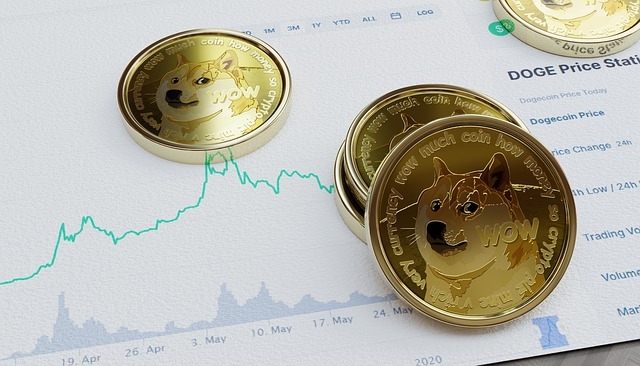- CryptoQuant CEO and other experts raise concerns over Ethena Labs’ decision to back USDe with Bitcoin, fearing it could lead to market instability akin to the Terra-LUNA crisis.
- Ethena defends its move, citing scalability benefits, but uncertainty looms over the potential consequences for the broader cryptocurrency ecosystem.
In the ever-evolving landscape of cryptocurrency, innovation often comes hand in hand with risk. The latest move by Ethena Labs to back its USDe synthetic dollar with Bitcoin has stirred up significant debate within the crypto community. While some see it as a bold step forward, others warn of potential repercussions reminiscent of past market crises.
CryptoQuant CEO Red Flags Ethena Backing USDe With Bitcoin
Ki Young Ju, the founder and CEO of CryptoQuant, has been one of the vocal critics of Ethena’s decision. He draws parallels to the Terra-LUNA crisis, where a similar strategy led to market turmoil and financial losses for several crypto firms. Terra-LUNA’s attempt to maintain stability by pegging its stablecoin (UST) to Bitcoin reserves ultimately backfired, triggering a cascade of sell-offs and bankruptcies.
Ju highlights the challenges of maintaining a delta-neutral strategy for Bitcoin, especially during bear markets. He expresses concerns about Ethena’s ability to stabilize USDe’s peg effectively, particularly if their algorithm falters in adverse market conditions.
Every so often we see something new in this space. I often find myself on the mid curve for an extensive amount of time. I am comfortable here. That being said, there have been events in this industry I wish I was more curious about, there have also been events I definitely did…
— Andre Cronje (@AndreCronjeTech) April 3, 2024
The Ethena USDe Synthetic Dollar
Ethena Labs justifies its move by asserting that unlocking Bitcoin will enable USDe to scale significantly, potentially reaching a market cap of $10 billion. Users can obtain USDe by depositing various stablecoins, including USDT, FRAX, DAI, crvUSD, and mkUSD. Ethena’s strategy involves generating a yield by shorting Ethereum (ETH) futures and capitalizing on funding rates, promising returns as high as 37%.
However, experts caution that USDe is not a typical stablecoin but rather a new protocol, susceptible to both positive and negative yields based on market conditions. This uncertainty raises concerns about the stability and reliability of USDe as a synthetic dollar.
The Contagion Risk and Market Fallout
The decision by Ethena to back USDe with Bitcoin has broader implications for the cryptocurrency market. Aave, one of the prominent DeFi platforms, is considering dropping MakerDAO’s DAI as collateral after MakerDAO proposed allocating a significant portion of its total supply to USDe. Marc Zeller, the founder of AAVE chan, echoes concerns about the contagion risk, highlighting the potential for destabilizing effects on the market.
As the debate rages on, the crypto community remains divided over the implications of Ethena’s bold move. While some see it as a potential catalyst for growth and innovation, others warn of the looming threat of another market crash. Only time will tell whether Ethena’s gamble will pay off or if it will join the ranks of cautionary tales in crypto history.
In a landscape where volatility is the norm, navigating the fine line between innovation and risk is a constant challenge. Ethena’s foray into backing USDe with Bitcoin serves as a stark reminder of the potential consequences of pushing the boundaries of traditional financial systems. As the crypto market braces for what lies ahead, the lessons learned from past crises remain ever pertinent.

















